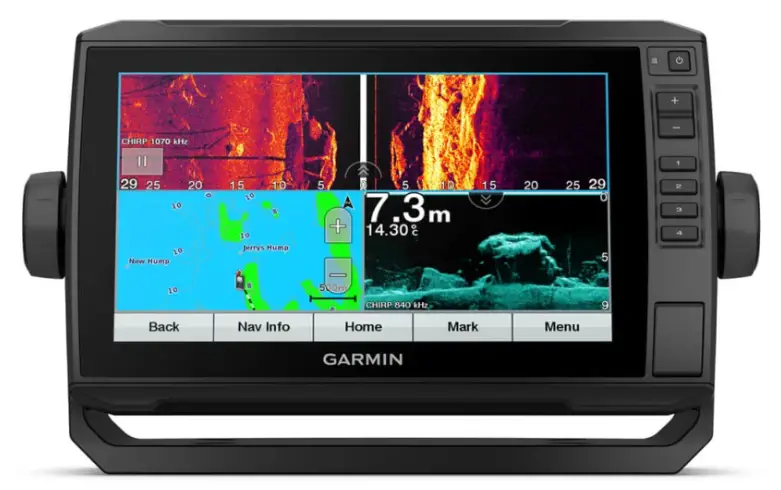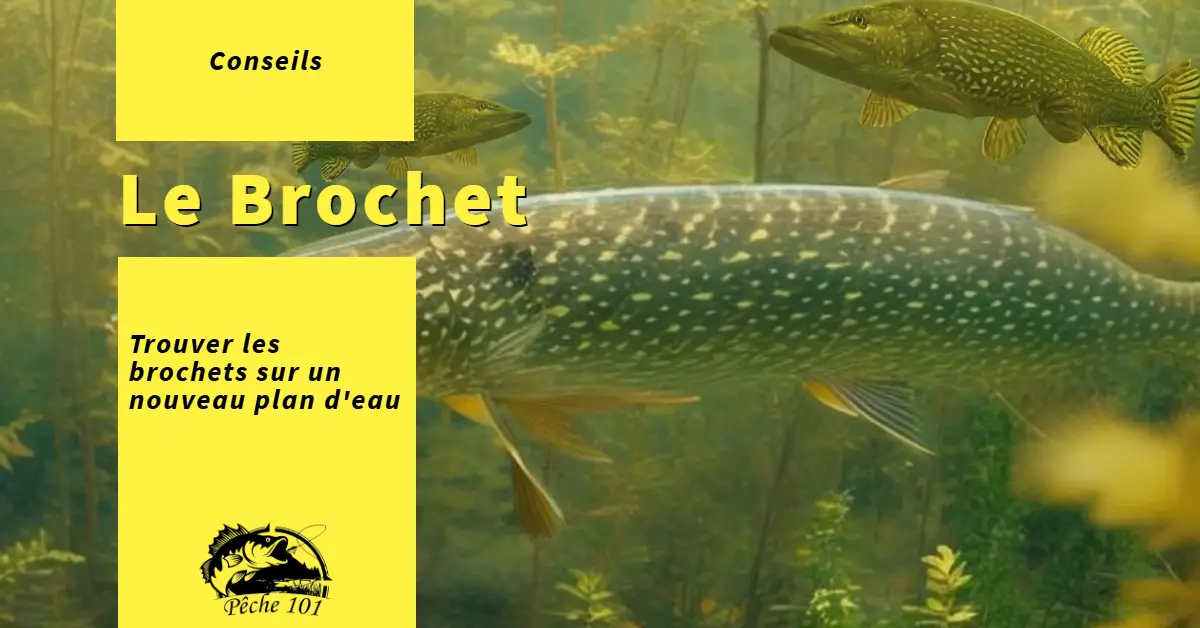Exploring a new lake or river is an adventure for any angler. But confronting an unfamiliar environment can be a challenge, especially when it comes to finding pike.
In this article, we'll share tips and strategies to help you locate pike in an unfamiliar lake or river and improve your chances of success.
Article content
1. Preliminary research
Before you head out to the lake, do some research online or with local anglers for basic information about the lake.
Find out if the lake is home to any pike, what are the best fishing timesrecommended lures, etc.
This preliminary information will give you a head start on your shipment.
2. Study the maps
Consult the lake maps to locate areas of potential pike interest.
Look for depths, underwater structures (seagrass beds, rocks, submerged trees) and sheltered bays.
These places often provide good hiding places for pike.
3. Use a fishfinder
A fishfinder is an essential tool for exploring a new body of water.
It will enable you to visualize the seabed, spot variations in depth and detect the presence of schools of fish.

Look for areas with abrupt changes in depth, as pike like to hang around these transitions.
4. Start with versatile lures
When fishing an unfamiliar lake, it's best to start with versatile lures that cover different depths.
Lures such as jerkbaits, baitboats crankbaits and swimbaits are excellent choices for prospecting waters at different depths and attracting the attention of pike.

5. Be patient and persistent
Fishing in a new body of water can be a challenge, so patience and perseverance are essential.
Try different zones, change luresYou'll need to vary your technique. Pike can be unpredictable, but with perseverance you'll find them.
6. Look for signs of life
Look carefully at the surface of the lake for signs of life.
Splashing, jumping fish or the presence of birds diving to feed can indicate the presence of schools of fish, which can attracting pike.
7. Try different times of day
Pike may be more active at certain times of the day.
Try to fish early in the morning, late in the afternoon or early in the evening, as these times can be favourable for thepike feeding.

By following these tips and remaining open to exploration, you can increase your chances of finding pike in a new lake.
Fishing in an unfamiliar environment can be an exciting and rewarding experience, so get ready for new discoveries and great catches!
Happy fishing!

